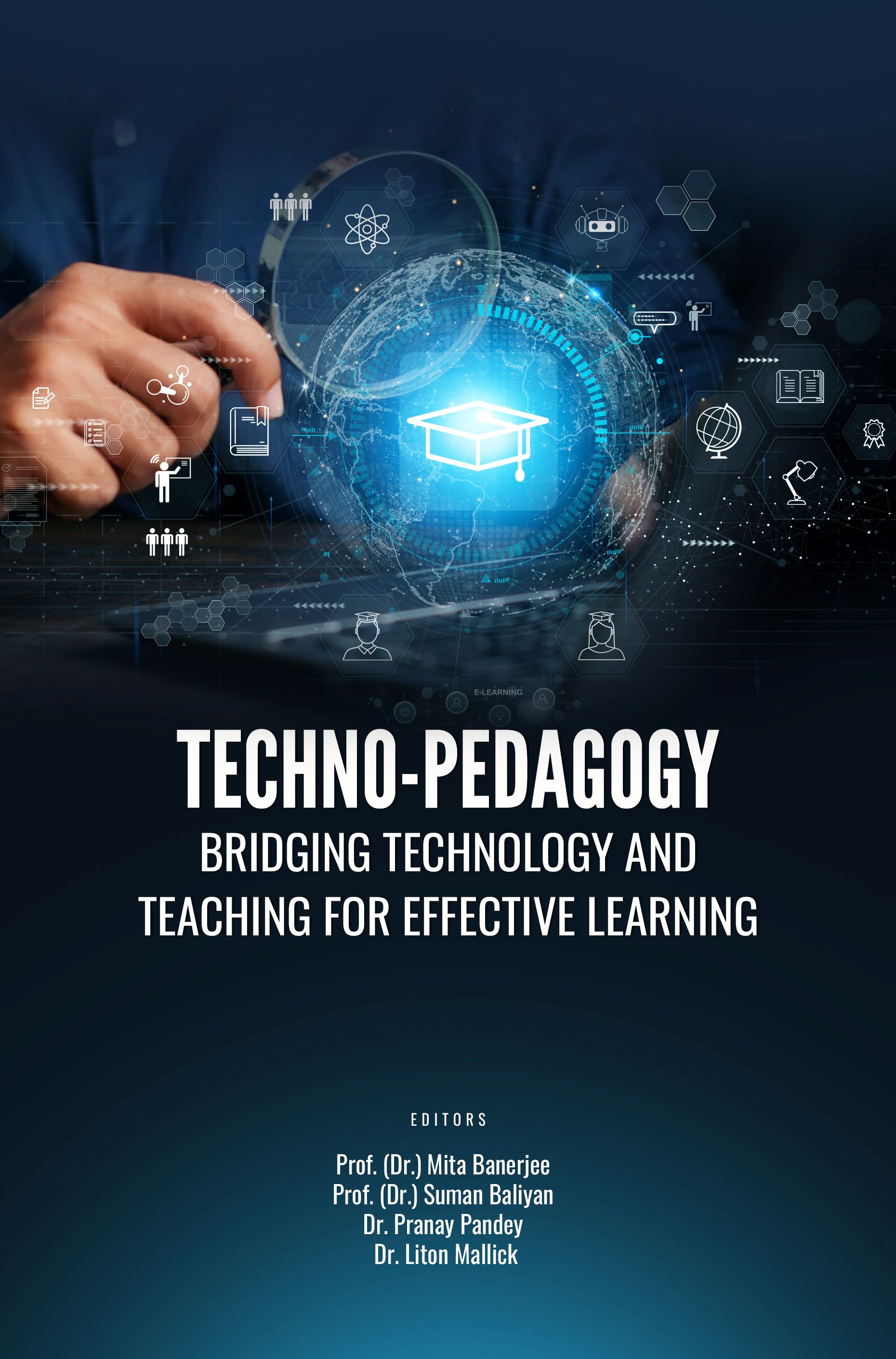EXPLORING TECHNOLOGY DRIVEN PEDAGOGICAL STRATEGIES FOR TEACHING CHEMISTRY
DOI:
https://doi.org/10.25215/9358097477.09Abstract
Based on this context of learning, this chapter presents emergent techno pedagogy intended to foster and enhance learning in chemistry education. Based on the current developments in educational technologies as well as the current trends in teaching practices, we propose a detailed framework for the use of computer-based technologies and student-cantered methods for improving learning of difficult chemistry content knowledge. The chapter sets the context of techno-pedagogy in chemistry starting with the constructivist learning theory and the SAMR framework for implementing technology. We then look at some of the particular technological innovations that have been reported to improve the teaching and learning of chemistry; large language models for tutoring, virtual and augmented reality for visualization of molecules, computational chemistry for modelling and simulation, the flipped classroom strategy, and adaptive learning. In this paper, we review empirical evidence on the effects of these approaches on students’ engagement, knowledge acquisition and problem-solving abilities, as well as how these technologies can resolve some of the difficulties often experienced in chemistry learning. Some of the implementation issues that the chapter covers include, training of the faculties and the necessary infra structures, and lastly, the authors present directions for future research and development as this field continues to grow. This chapter formulates a blueprint for educators and compiles the best practice of using technology to enhance the teaching and learning of chemistry by combining theoretical concepts and empirical findings.Published
2024-10-15
Issue
Section
Articles


